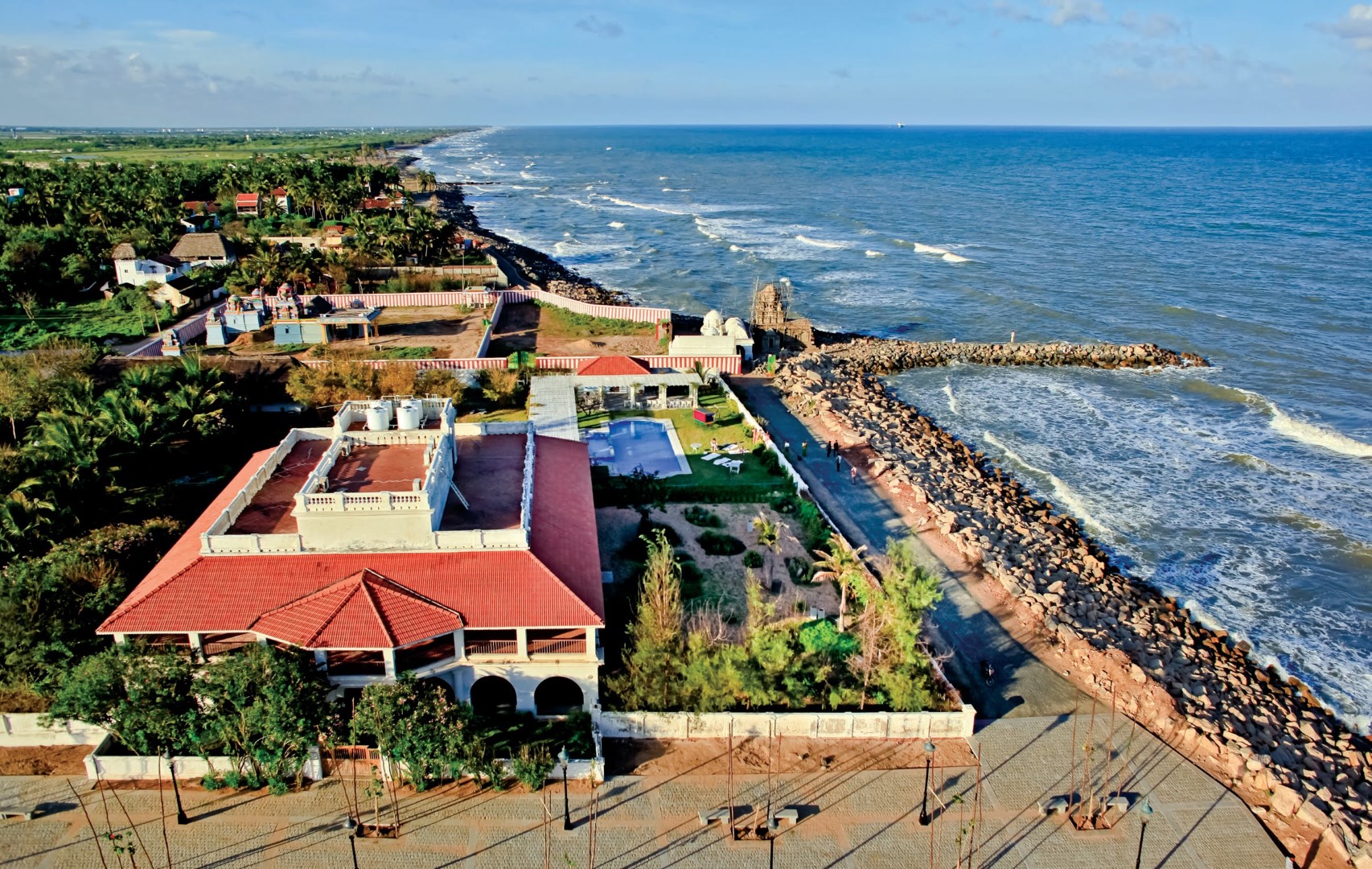

A trip back in time to Tranquebar, Denmark’s forgotten outpost in India
This article appeared in CNN Travel on September ’23. You can see the original digital print here.
In the long history of colonial rule in Asia, the shadow of Denmark does not loom large.
It would be fair to say that few Indians and even fewer Danes are aware that this northern European nation had a foothold in India from 1620 to 1845. That foothold was Tranquebar, a small trading outpost far down eastern India’s Coromandel Coast.
Though it’s now a nondescript town in Tamil Nadu state called Tharangambadi, just 120 kilometers (72 miles) south of famed French outpost Puducherry, traces of Danish rule remain tantalizingly evident.
A prime example is the Bungalow on the Beach, a beautifully restored old colonial building on the Bay of Bengal seafront that was originally used as a courthouse during Danish times. Years later, when the British arrived, it was converted into an official residence.
Today, it’s a charming hotel.
Restoration efforts began in 2004 and it opened to guests in 2006 under the stewardship of the Neemrana Group, which runs a chain of luxury boutique hotels in India.
The hotel has only eight rooms, each named for a member of Danish royalty, and evokes a strong feeling of nostalgia with high ceilings, wooden floors and antique furniture.
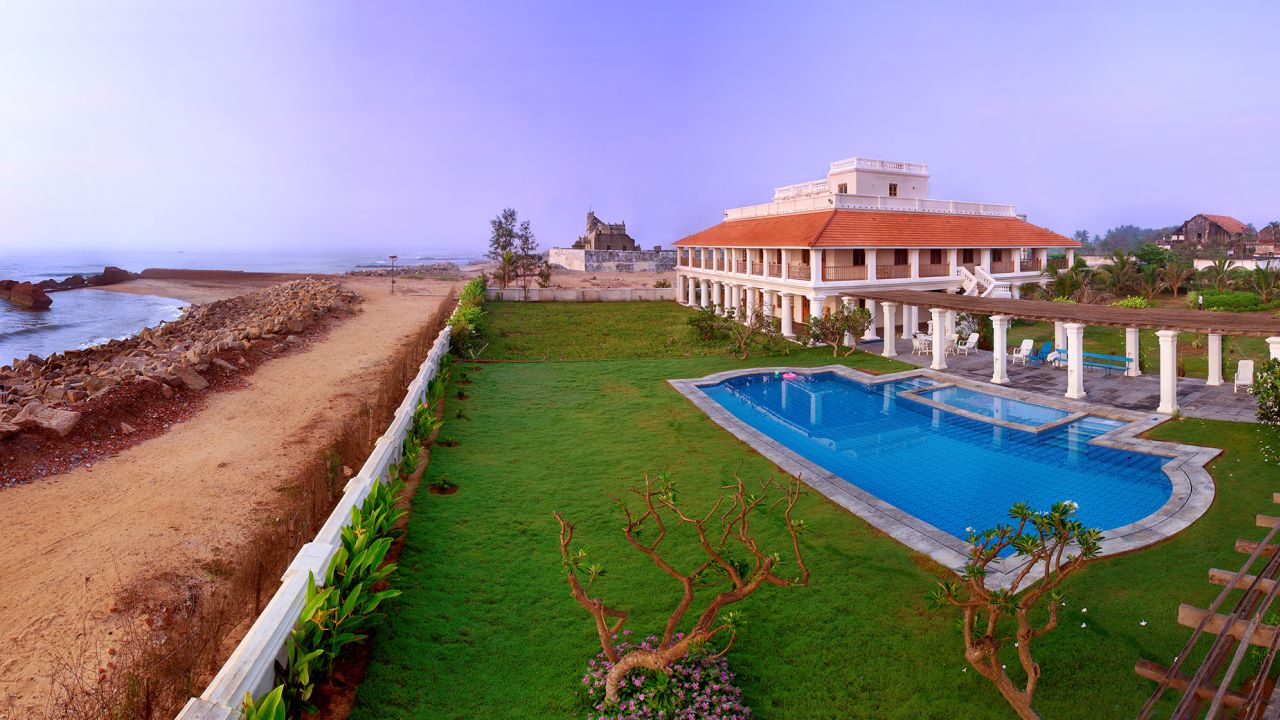

The top suite – the Crown Prince of Denmark – offers a nod to its history. Accessible via a spiral staircase with wide, wooden steps, the comfortable room features a large four-poster bed with mosquito netting, a planter’s lounge chair, a wooden writing desk and a narrow but modern bathroom.
However, the hotel’s unique selling point is the spacious balcony that runs right around the building, offering a stupendous view of the ocean.
At night, the Bungalow on the Beach lights up brightly, standing like a beacon on the shore. Meals are served downstairs on the patio adjacent to the large garden, including a wide selection of delicious regional South Indian and European specialties.
The ethos of the Neemrana Group has been to discover and restore old buildings and structures which, in the words of co-founder Aman Nath, “are uniquely located, to imagine the life and laughter within and to make the dead past come to life again.”
Historical buildings near the hotel include the old Dansborg Fort (more on that later), and just beyond the hotel’s private swimming pool and right on the rocks is the 700-year-old Masilamani Nathar temple, built in 1306 by a king of the Pandya dynasty.
This colorful structure, which pre-dated the Danish arrival, combines elements of Chinese architectural design with traditional building techniques, an indication of the influence of the Chinese merchants who were frequent visitors to India at the time.
The accidental discovery of Tranquebar
Why did the Danes call their new settlement “Tranquebar?” According to historians, they were unable to pronounce the tongue-twister native name of Tharangambadi, which translates to “land of the singing waves.” (The town has since returned to using Tharangambadi as its official name.)
But the fact that the Danes even set foot in India in the first place was a bit of an accident.
It all started when 23-year-old naval commander Ove Gedde set out from Lisbon in November 1618 under the flag of the Danish East India Company, with the blessings (and financing) of King Christian IV.
His mission was to aid the Emperor of Ceylon (modern-day Sri Lanka), who was under siege by the Portuguese, and in exchange secure trading rights for Denmark.
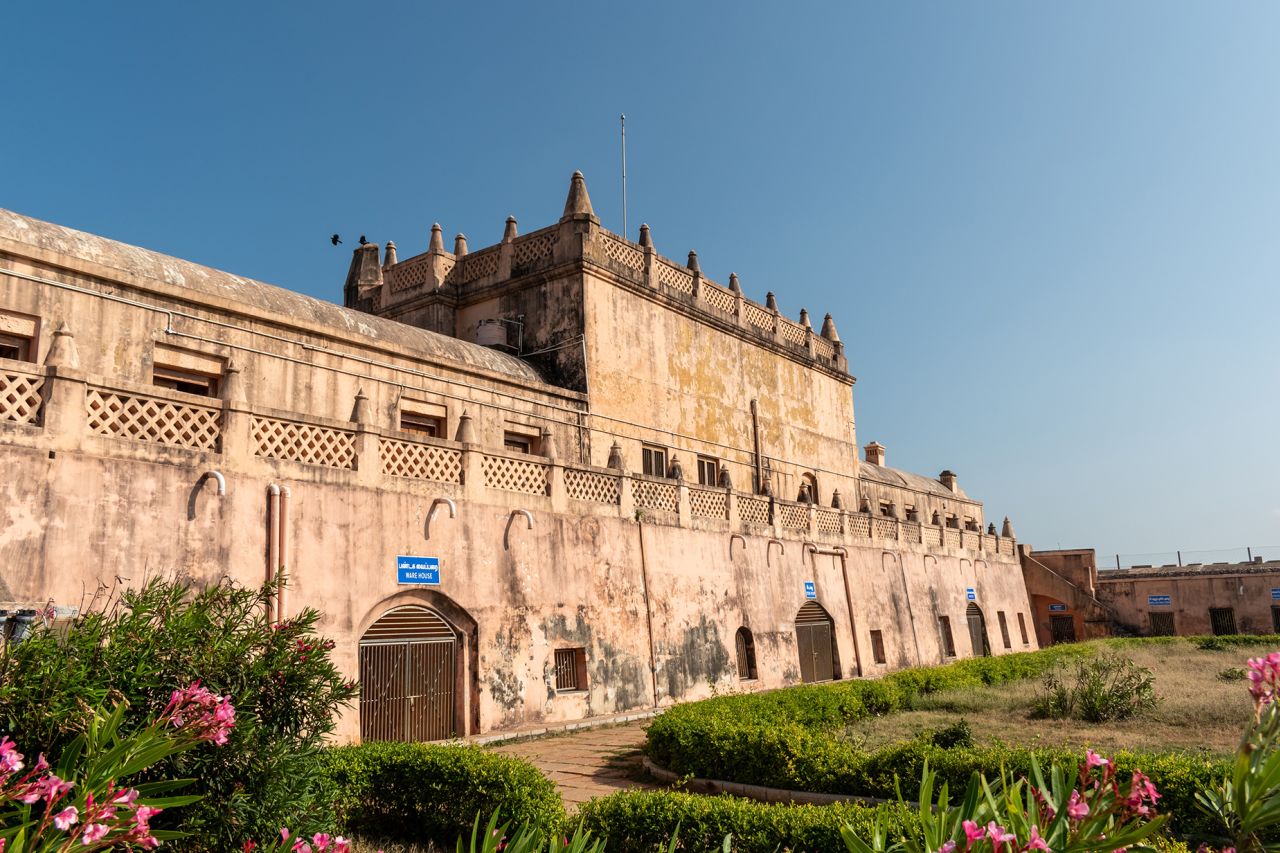

But by the time Gedde arrived in early 1620, after an eventful journey around the Cape of Good Hope, during which he lost two-thirds of his 300 soldiers in battle with pirates or disease, the Portuguese were in full control.
Disappointed that his mission had failed, Gedde and his small fleet of three schooners and two frigates drifted up the Coromandel Coast until they dropped anchor at Tharangambadi.
He quickly struck a deal with the Indian ruler at the time, the equally young Raghunatha Nayak of Tanjore state, to lease a parcel of land and obtain exclusive trading rights in exchange for a tribute of Rs 3,000 ($37) per year.
And so, in November 1620, two years after Gedde had set sail from his homeland, the Danish outpost of Tranquebar was born.
The Dane immediately set about building a small fort right on the beach, facing out to sea. Called Dansborg, it was meant to house the first Danish inhabitants.
By Indian standards, the still-standing fort is unimpressive. Located next to the Bungalow on the Beach, it’s only two stories high and quite weather-beaten by the wind and the waves.
But it is the most important landmark of Danish rule in India and at its peak was the second most important Danish castle in the world after Kronborg, which guarded the sound that separates Denmark and Sweden.
Dansborg was built in the Scandinavian military style with stone walls and mounted cannons, taking the form of a large trapezoid containing a substantial landscaped garden.
Today, one can enjoy a pleasant walk along its ramparts, which offer superb views of the Coromandel seascape.
The main building of the fort houses a small museum where the barracks used to be. On display are interesting documents, including a copy of the sale deed between the Danes and the British, old maps of the town and a collection of miniature Danish ships that docked at Tranquebar.
Expanding the Danish footprint
Though the Danes had a signed treaty with Nayak, the latter proved to be a fickle ally. Constant waves of depredations from Nakak’s forces led them to fortify Tranquebar with a wall, a moat and several cannon towers.
Feeling more secure, the Danes moved out of the Dansborg Fort and built several stately homes in the European style to house officers and civil servants.
Gradually, the section of town nearest to the fort began to assume a European character with a grid street plan, Protestant churches and schools.
The only access to the town was controlled by the Land’s Gate, an unpretentious white stone structure bearing the coat of arms and insignia of the King of Denmark, which is the first thing one sees when entering Tharangambadi now.
The Danes also realized that they needed an industrial hinterland to make their trading post viable so, when they renegotiated the treaty in 1670, they acquired additional villages and minor districts for a total land area of 32 square kilometers.
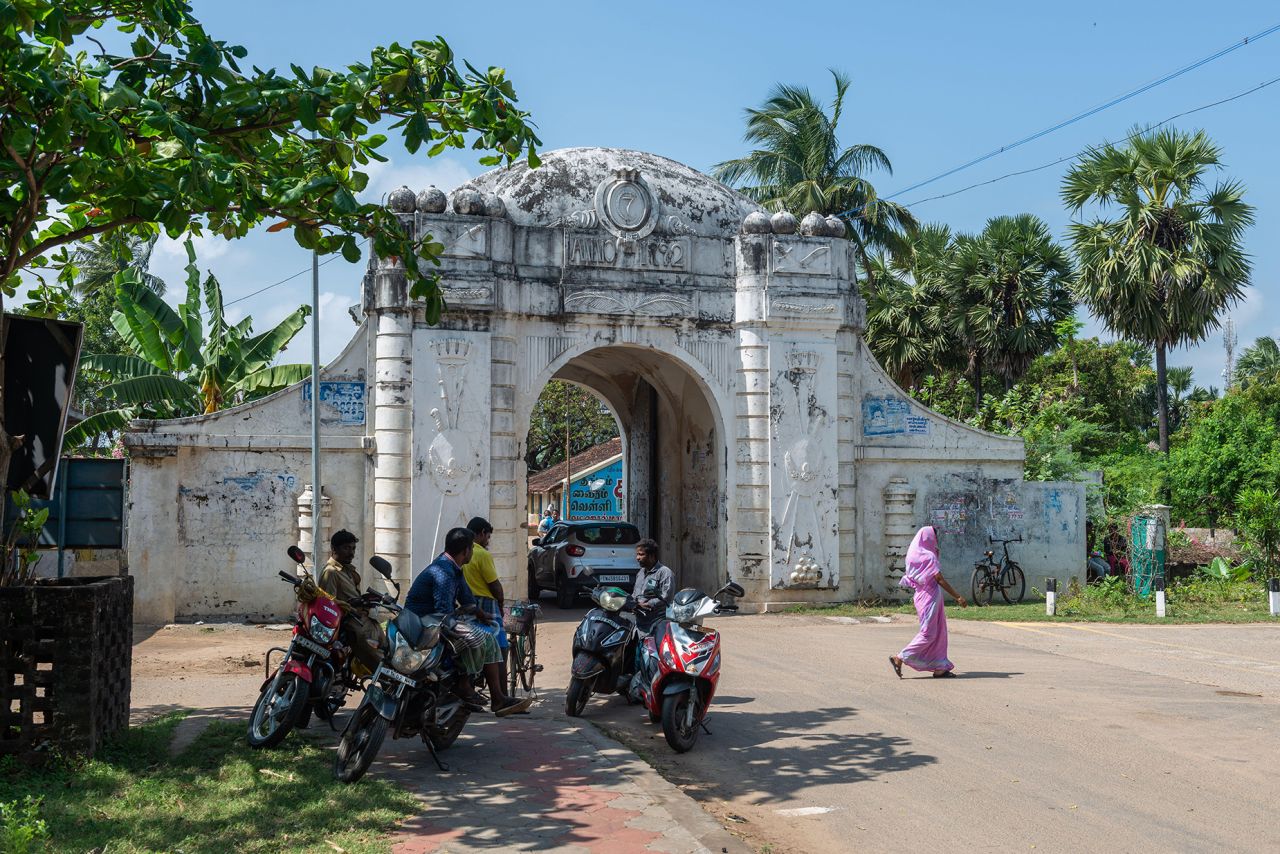

The workshops in this expanded territory churned out cotton textiles for export to the European market in addition to the traditional cargo of pepper, cardamom, cloves and other exotic spices, as well as saltpeter, coffee, sugar, teak and bamboo.
On their return to India, the Danish ships brought silver coins and bars as well as ballast goods such as lead, copper and iron; initially, European consumer goods had extremely limited appeal in the colonies.
Protestantism arrives in India
Among the attractions offering more insights into this era is the Ziegenbalg Museum. Opened to the public in 2017, it sits in the former residence of German-born Danish missionary Bartholomaus Ziegenbalg.
Ziegenbalg was sent to Tranquebar in 1706 by Lutheran monarch Frederick IV to plant the flag of Protestantism on Indian soil.
He was a rarity in those times, eschewing the quarters assigned to him within the Danish commune and instead immersing himself in native life and becoming fluent in Tamil, the local language.
He raised money for churches and schools, and shipped over a printing press from Denmark (which can now be seen in the Ziegenbalg Museum). He used it to print a Tamil version of the Bible – the very first Indian-language translation of the Holy Book.
Unfortunately, the passionate young missionary’s frequent clashes with the local Danish establishment took a severe toll on his health.
He died at the very young age of 36 in Denmark. His remains were brought back to his beloved India and he lies buried in Tharangambadi’s New Jerusalem Church, which can still be visited today.
The Danish chapter comes to an end
In the early years, Tranquebar did well and the population of the territory grew to 15,000 people by 1730 of which about 3,000 lived in the town, with about 10% of the latter being European.
Over the long run, however, the Danes struggled to make their new colony in the East work.
The fortunes of Tranquebar waxed and waned like the great waves that lashed the shores of the little town.
Back home, the 17th century was characterized by a series of wars between the great powers of Europe as they scrambled to divide up the continent.
When the Danes were not involved, their trading companies prospered by virtue of their neutral flag under which they could conduct trade unimpeded, very often in secret arrangements signed with the warring parties. But when they were involved, their companies suffered as their maritime trade was directly hit by the tensions.
Three Danish trading companies were given the right to manage the administration, defense and operations of Tranquebar and to cover their expenses through the collection of land taxes and overland and maritime trade duties.


However, income from maritime duties was highly unstable, leading directly to the bankruptcy of the first two companies. The Danish government had to step in and take over from one of the companies in 1777.
The textile factories and warehouses shut down, the Danes began to leave as the dominant British moved in and the importance of Tranquebar continued to wither into the 19th century.
Finally, Denmark struck a deal with the British in 1845 to sell their former possession for Rs 1.25 million ($15,033), thus bringing to an end this unique chapter in Danish-Indian history.
Looking to the future
Fast forward to the 21st century and the revival of Danish interest in their cultural heritage and legacy in Asia. The Danish Tranquebar Association (DTA), founded in 2002, has been a driving force in renovating and transforming Tharangambadi’s historic landmarks.
Its president, Poul Petersen, prefers to take the Ziegenbalg approach: “We are here as friends and not invaders – we wish to build on our common heritage with India in a peaceful and cooperative way.”
The DTA earned the trust of the locals following the horrific tsunami of 2004 as they stepped up to rebuild homes, buy new boats and construct a 300-meter granite protection wall along the coast.
Since then, cooperation between the DTA, the Danish National Museum (DNM), INTACH (Indian National Trust for Art and Cultural Heritage) and the Tamil Nadu Tourism Department has resulted in the renovation of Dansborg Fort, the Land’s Gate, the old Danish cemetery and the Governor’s Bungalow. Meanwhile, work has started on the Danish Commander’s House.
The Governor’s Bungalow is a stately building with a large, central veranda and a double front colonnade, which was restored in 2011, but still remains under lock and key while the Commander’s House hosts the Danish-Indian Cultural Centre and currently consists of a maritime museum and a library.
But work still needs to be done to boost the town’s tourism offerings. Though the Tamil Nadu government designated Tranquebar a heritage town in 1992, there is a glaring lack of any decent hotel accommodation besides the Bungalow on The Beach.
Meanwhile, basic tourist infrastructure, whether physical like a tourist information center, restaurants, cafes and public restrooms or digital like a proper website and social media presence are lacking.
“If Tranquebar is to realize its potential as a historic tourist destination then a coordinated strategic plan involving all stakeholders including local residents is absolutely essential,” says Prabhakar Rao, Danish Vice-Consul for South India.
Indeed it pales in comparison to vibrant and lively Puducherry, and besides visiting the old Danish buildings and museums, there is little else to do.
Nevertheless, this Danish chapter in the rich and varied history of India’s colonial rule is a brief but interesting one, making Tharangambadi/Tranquebar well worth a visit for any history buff.
![]()
![]()

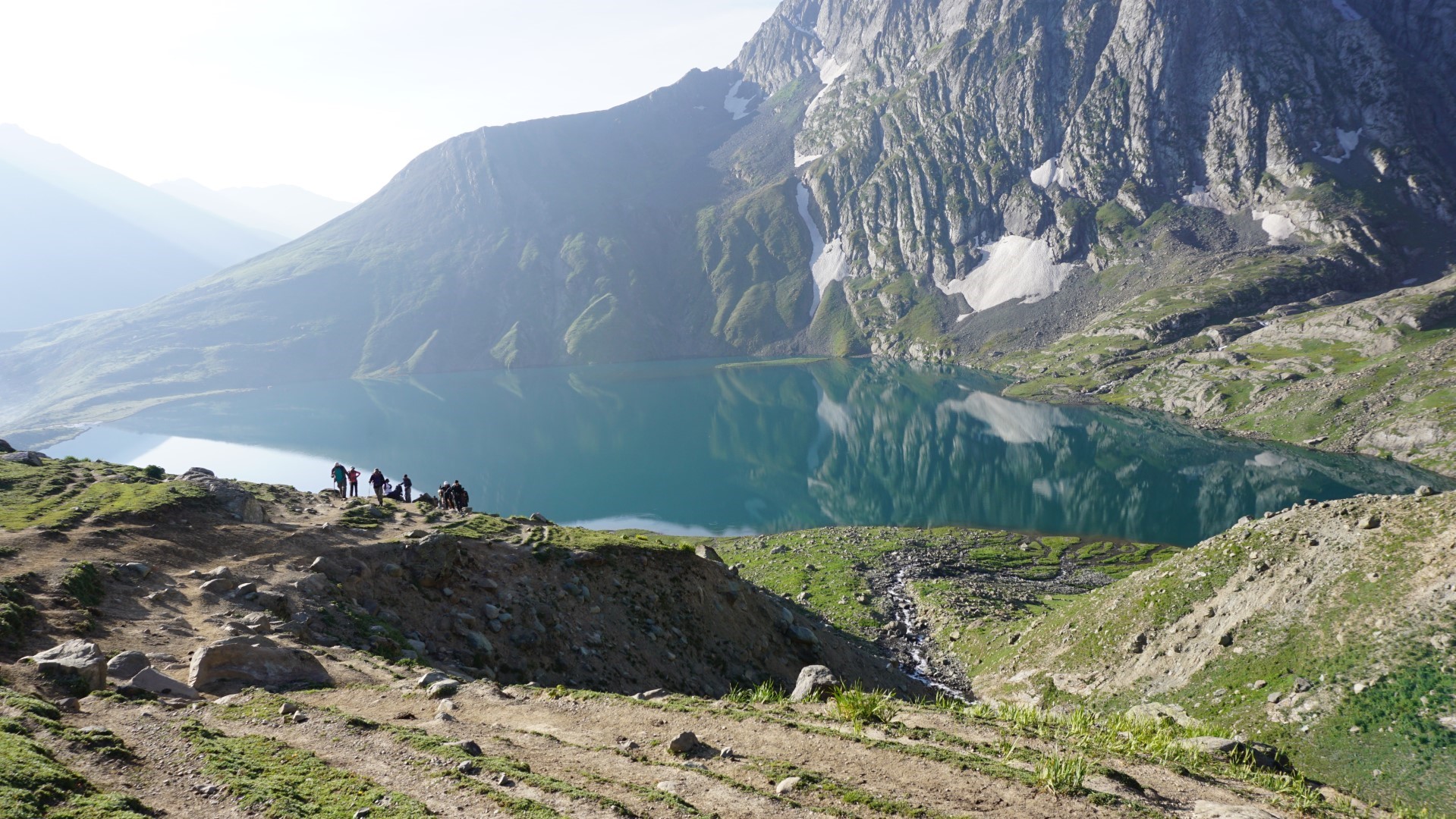
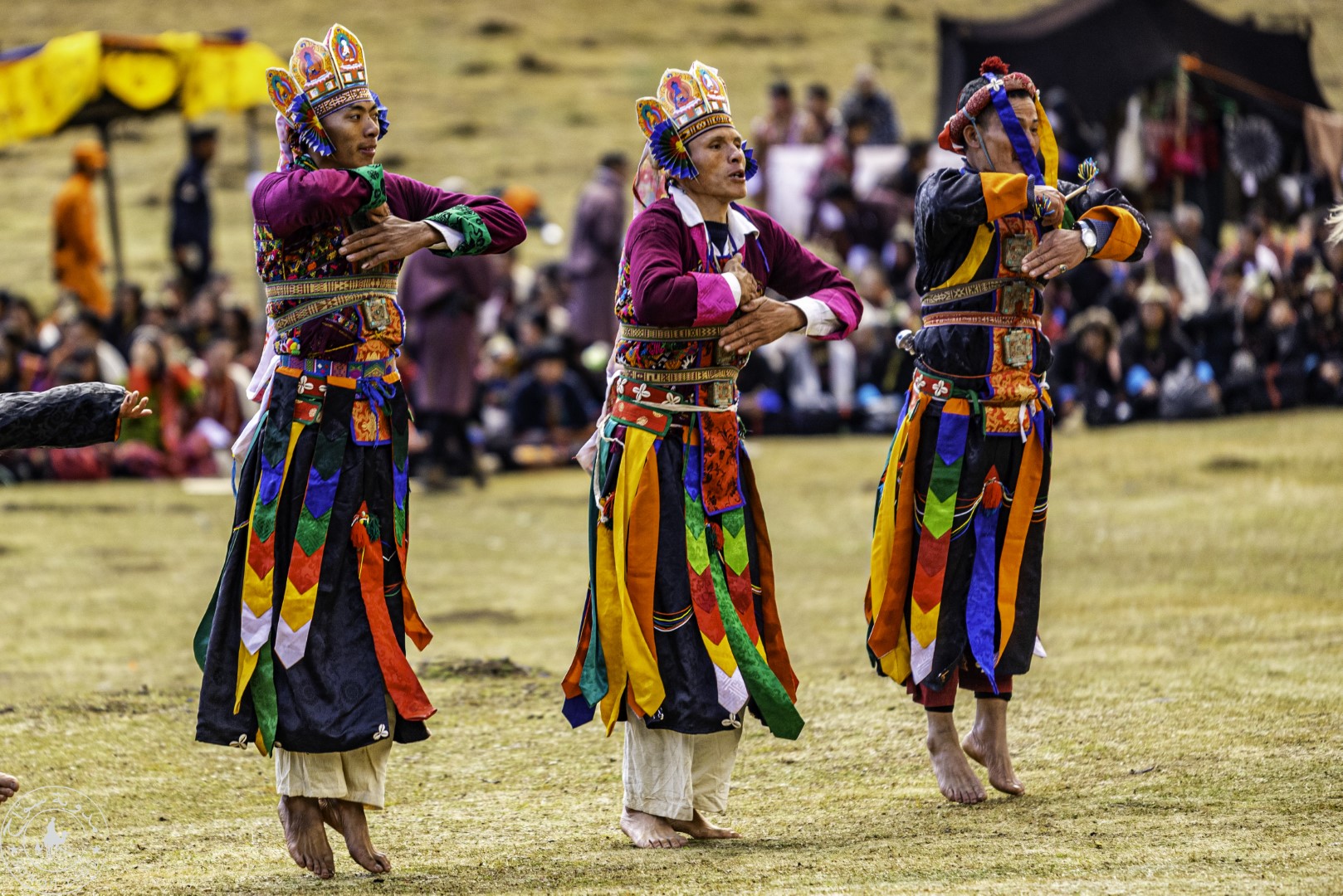

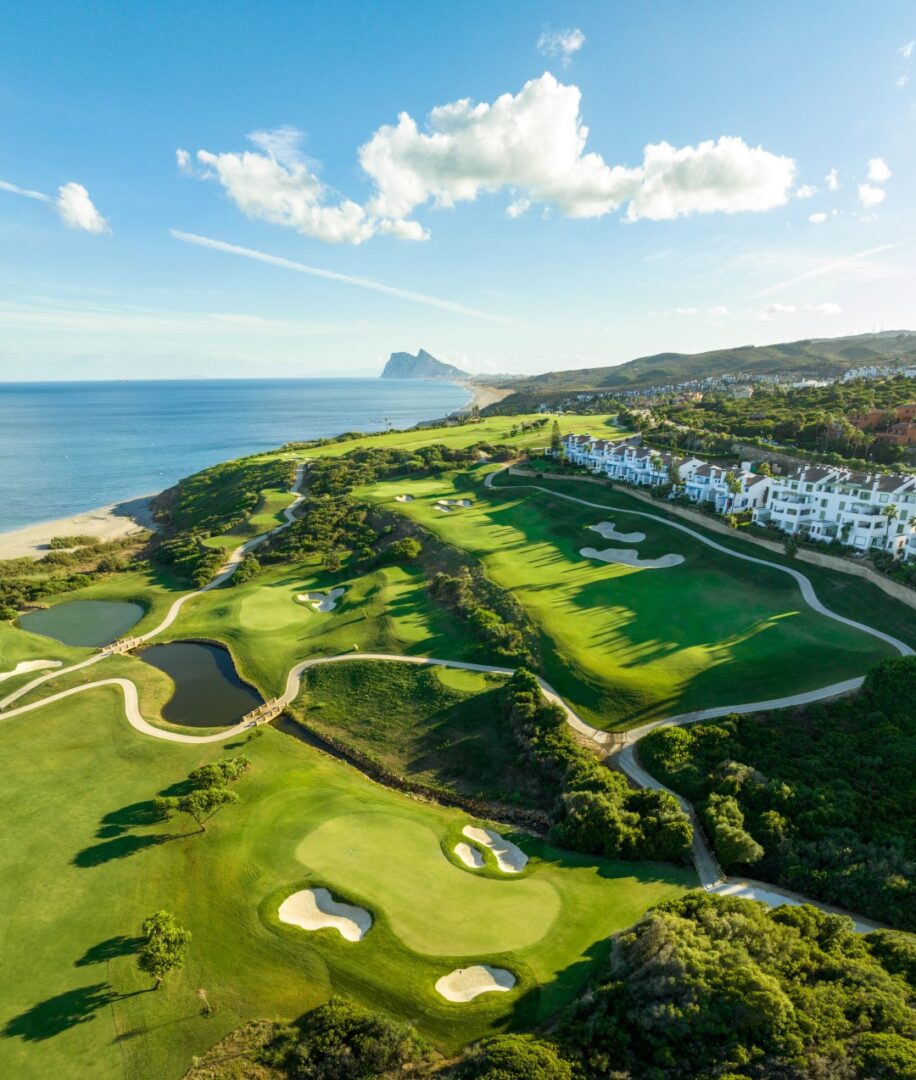
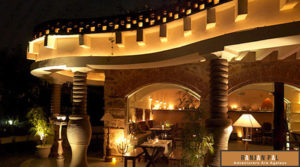


Wonderfully written Ranjan. Reminded me of our stay at the ‘Bungalow On The Beach’ during our two years stay in Tamil Nadu. They gave us the beach facing room on top floor. You’re are right in saying that not many people know about this fantastic place.